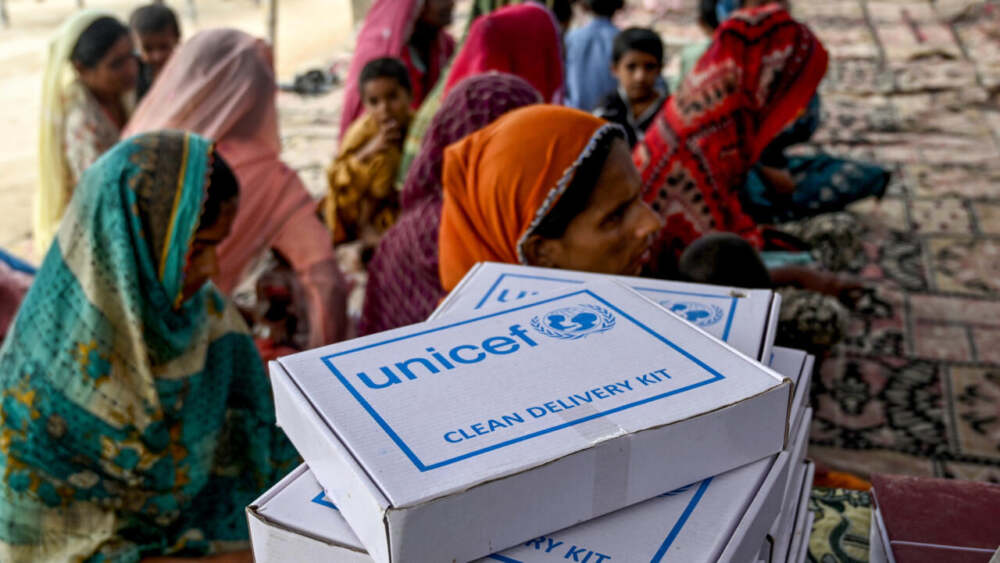For the first time in history, childhood obesity has overtaken undernourishment as the leading form of malnutrition among school-age children and adolescents worldwide, according to a recent UNICEF report. This unprecedented shift underscores a growing global health crisis fueled by unhealthy food environments and aggressive marketing strategies targeting young populations.
A Global Shift in Malnutrition Trends
The UNICEF report, titled Feeding Profit: How Food Environments Are Failing Children, reveals that in 2022, approximately 188 million children aged 5 to 19 were living with obesity, while 391 million were classified as overweight. In contrast, undernourishment affected 9.2% of children in the same age group, marking a significant decrease from 13% in 2000. This data highlights a troubling trend where obesity rates have more than tripled since 2000, rising from 3% to 9.4%, while undernourishment has declined.
Factors Driving the Obesity Epidemic
The surge in childhood obesity is attributed to several interrelated factors:
- Increased Consumption of Ultra-Processed Foods: Many children and adolescents are consuming diets high in sugary, salty, and fatty foods, often replacing more nutritious options.
- Aggressive Marketing of Unhealthy Foods: Children are frequently exposed to advertisements promoting junk food, influencing their dietary choices and preferences.
- Limited Access to Nutritious Foods: In many regions, especially low- and middle-income countries, access to affordable and healthy food options remains limited.
The Impact on Health
Obesity during childhood and adolescence is associated with an increased risk of developing various health issues, including type 2 diabetes, cardiovascular diseases, and certain types of cancer. Additionally, it can lead to psychological challenges such as low self-esteem and depression. The long-term implications of these health problems can strain healthcare systems and affect the quality of life of affected individuals.
Regional Disparities
While the global trend shows a rise in obesity rates, there are regional disparities. In sub-Saharan Africa and South Asia, undernourishment remains a significant concern. However, even in these regions, the prevalence of obesity is increasing, particularly among urban populations with access to processed foods.
UNICEF’s Call to Action
UNICEF emphasizes the need for comprehensive policy interventions to address this growing issue. Recommendations include:
- Regulating Food Marketing: Implementing stricter regulations on the marketing of unhealthy foods to children.
- Promoting Healthy Diets: Encouraging the consumption of balanced diets rich in fruits, vegetables, and whole grains.
- Improving Food Environments: Creating environments that support healthy eating habits, including better access to nutritious foods in schools and communities.
- Raising Awareness: Educating families and communities about the importance of healthy eating and active lifestyles.
Conclusion
The shift from undernourishment to obesity as the leading form of malnutrition among children and adolescents represents a significant public health challenge. Addressing this issue requires coordinated efforts from governments, health organizations, and communities to create environments that promote healthy eating and active living. By implementing effective policies and interventions, it is possible to reverse the current trends and ensure a healthier future for children worldwide.












Leave a Reply